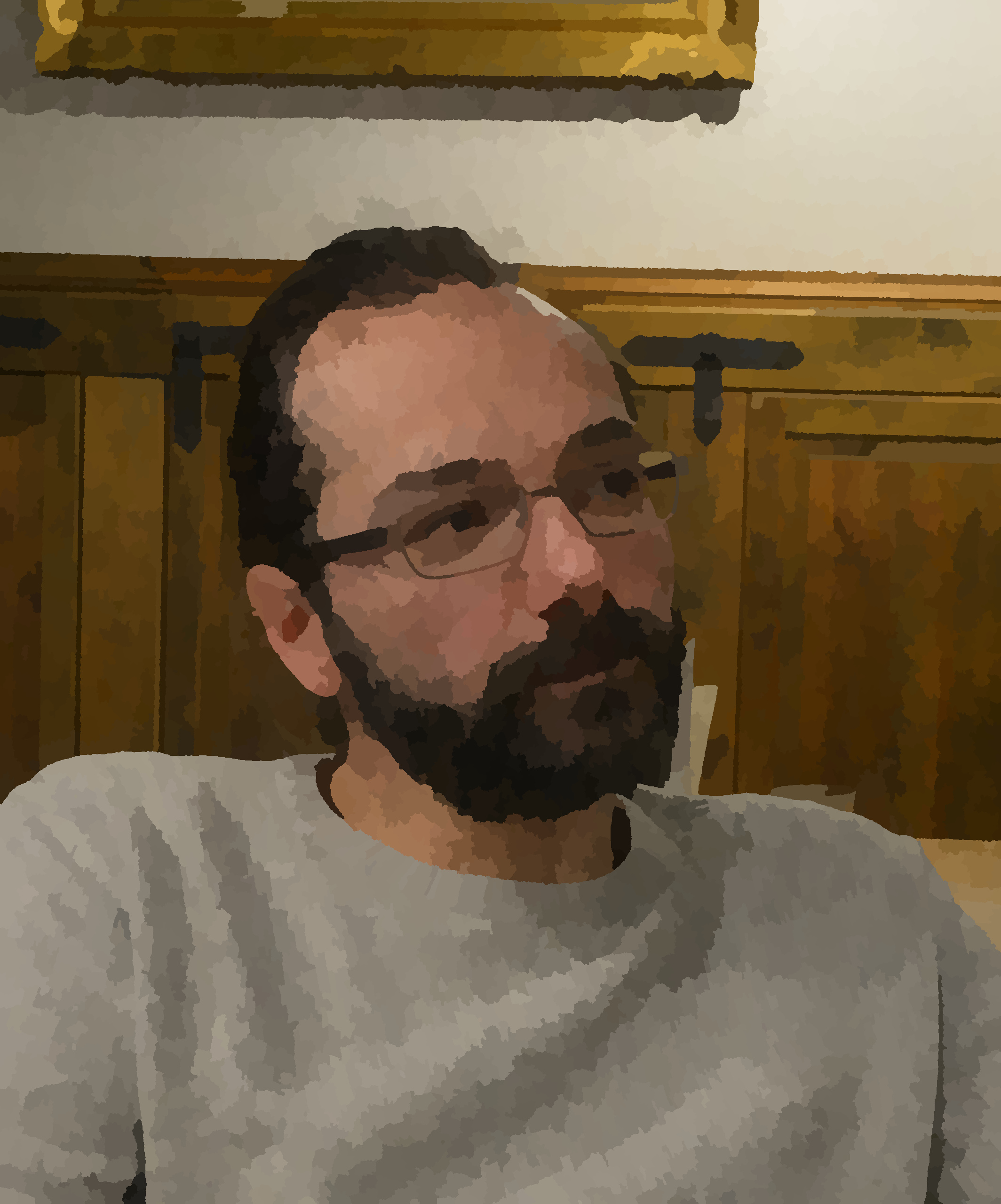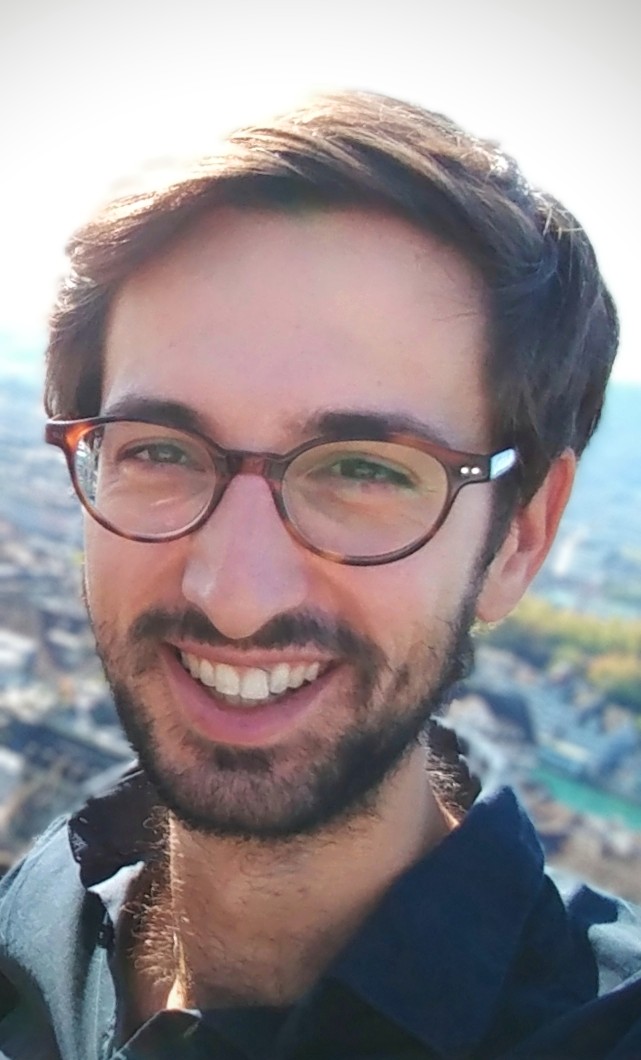Invited Talks
Speaker Details
1. Luca De Feo

Title of the talk: SQIsign: past, present and future
Abstract: 5 years ago, while everyone was raving about the compactness of SIKE’s public keys and ciphertexts, the isogeny community was facing a conundrum: why isn’t there any compact isogeny-based signature?
The solution came from a technique that was originally devised to attack SIKE: thanks to the KLPT algorithm, it became possible for the first time to ”rerandomize” isogeny walks, provided knowledge of endomorphism rings, which could then be used as cryptographic trapdoors. As our understanding of the connections between elliptic curves and their endomorphism rings expanded, new cryptographic discoveries kept coming. Among them, the celebrated equivalence between the supersingular isogeny path problem and the endomorphism ring problem.
Some feared the devastating attacks on SIKE would spell the end of isogeny-based cryptography. Instead, the technique of higher-dimensional embeddings they introduced has generated a remarkable stream of re-
search, using the new tools to construct and improve all sorts of schemes. As we celebrate SQIsign advancing to the 2nd round of the on-ramp NIST call for signatures today, higher-dimensional embeddings have entered SQIsign in various declinations (SQIsignHD, SQIsign2D, etc.), revolutionizing performance and proof techniques for isogeny-based signatures and heralding a new era for SQIsign.
Brief Bio: Luca De Feo is a researcher at IBM Research Europe working on quantum-safe cryptography. He graduated from École Polytechnique in 2010 with a thesis on isogeny computations; He has been computing them ever since.
Click here to download the presentation
2. Lucca Hirschi

Title of the talk: Logic-Based Verification and Testing for Cryptographic Protocol Design and Implementation
Abstract: Today’s information society crucially relies on cryptographic protocols. These protocols leverage cryptographic primitives to ensure confidentiality, integrity, or other security goals. Any attack in these protocols can have dramatic consequences, amplified by their ubiquity and our dependence on them for example in finance, business, and communication. And yet, critical and widely used cryptographic protocols have repeatedly been found to contain flaws in both their design and their implementation, opening the way for serious attacks (such as onTLS in web browsing, EMV in credit card transactions, 5G in mobilenetworks, WPA2 in WiFi, and e-voting systems). A widespread class of these vulnerabilities is logical attacks, which exploit flawed protocol logic. This keynote will examine two logic-based methods to preclude logical attacks from protocol designs and implementations. First, we will discuss automated formal verification methods based on Dolev-Yao (DY) models, which formally define and excel at finding such flaws on abstract specifications. This approach has evolved over 40 years and yielded significant results, which we will highlight. Nevertheless, these methods alone cannot secure protocol implementations, as bugs may introduce implementation-level logical attacks. We will present a recent research avenue that aims to integrate formal DY models with fuzz testing techniques to capture logical attacks in cryptographic protocol implementations.
Brief Bio: Lucca Hirschi is a researcher at Inria (France) specializing in formal
methods for security and privacy. His research focuses on developing and applying advanced verification techniques to analyze, attack, and
strengthen real-world cryptographic protocols, including those used in mobile communications, e-voting systems, and industrial control systems
for example. He also explores fuzz testing to analyze the security of cryptographic protocol implementations. Lucca holds a Ph.D. from ENS
Paris-Saclay (France) and completed postdoctoral research at ETH Zurich(Switzerland).
Click here to download the presentation
3. Vincent Rijmen

Title of the talk: Challenges in Symmetric-Key Cryptography
Abstract: Almost 25 years ago, the block cipher Rijndael was selected to become the Advanced Encryption Standard (AES). This concluded two research lines that were of great importance in the 1990’s: the security evaluation of the DES and the design of a replacement mainstream blockcipher. Since then the community has identified a number of new challenges. Symmetric-key primitives are used in a wide range of new applications: zero-knowledge proofs, fully homomorphic encryption schemes, quantum-secure signature schemes, etc.In this talk we will give an overview of challenges in symmetric-keycryptography and the progress that has been made on them. We will also present our own selection of most important research topics in symmetric-key cryptography for the future.
Brief Bio: Vincent Rijmen graduated in 1993 as electronics engineer from the KU Leuven (Belgium) and finished his doctoral dissertation on the design and analysis of block ciphers in 1997.
He is co-designer of the algorithm Rijndael, which in October 2000 was selected by the National Institute for Standards andTechnology (NIST) to become the Advanced Encryption Standard (AES),the successor to the existing Data Encryption Standard (DES). Next to the design and analysis of encryption algorithms, his second main research interest are implementation techniques that counter side-channel attacks.
Rijmen has been Chief Cryptographer of Cryptomathic, a European company developing software for cryptographic applications, and professor at the institute IAIK of the Graz University of Technology (Austria). Currently he is a full-time professor at the Department of Electrical Engineering of the KU Leuven (Belgium) and adjunct professor at the Department of Informatics of the University of Bergen (Norway). He is senior member of the IEEE, Fellow of the IACR, receiver of the RSA Award for Excellence in Mathematics 2020 and the Levchin prize for real-world cryptography 2023.
Click here to download the presentation


